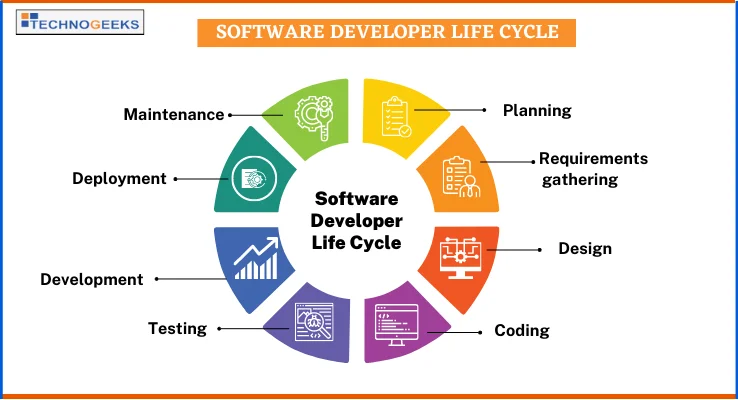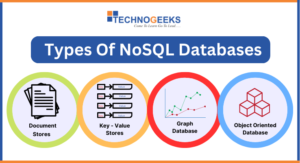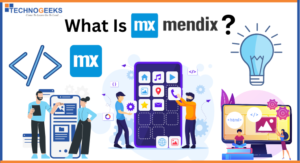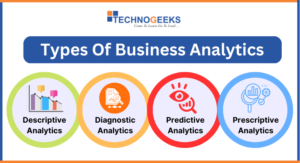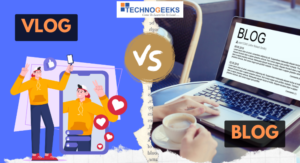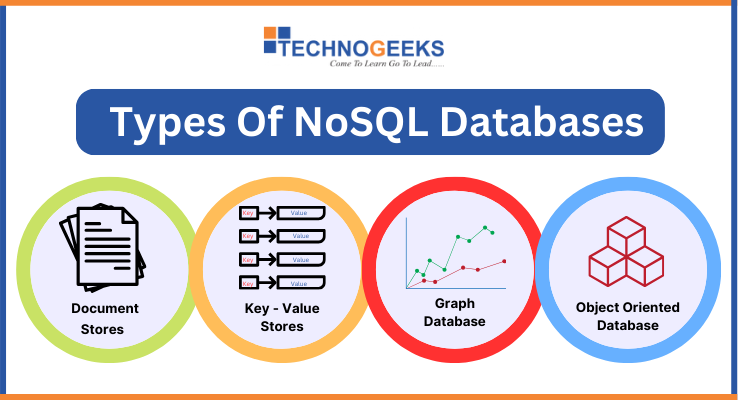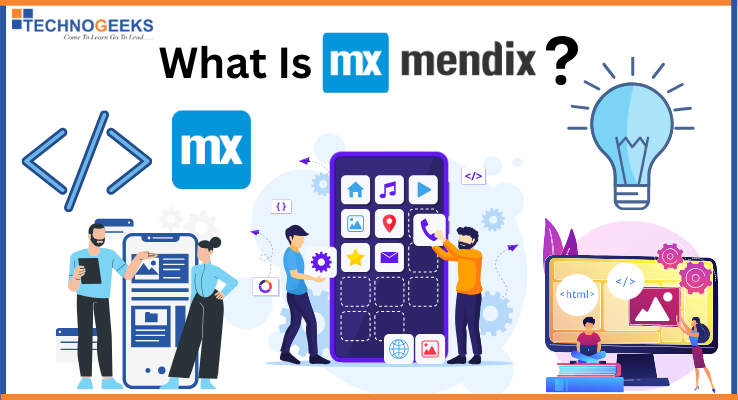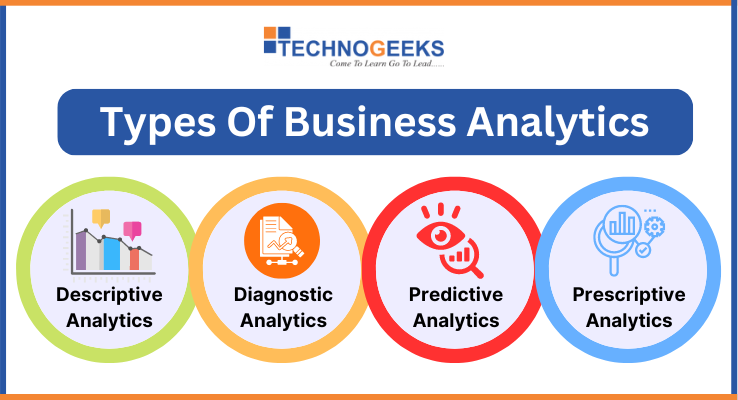Table of Contents
ToggleSoftware Developer Lifecycle: A Beginner’s Guide
As we know It is very important for every tech companies to establish a well-organized framework that can contain various processes and guidelines. The software development framework is commonly known as a software developer cycle or life cycle.
So, What is meant by the Software Developer LifeCycle?
The Software Developer LifeCycle (SDLC) is a repeatable process mainly used by the tech industry. Basically It’s a set of stages that a developer goes through to develop, test, and maintain software.
Why Software Developer LifeCycle (SDLC)?
Here are some reasons why Software Developer LifeCycle (SDLC) is important:
- Structured Approach: The best reason why a Software Developer LifeCycle is Structured Approach to software development. By following the phases of the Software Developer LifeCycle (SDLC) and ensuring that each process is completed before moving on to the next, developers can lower the chance of errors. This also guarantees that the final output satisfies the intended quality standards.
- Better Project Management: The Software Developer LifeCycle (SDLC) also helps in better project management. It helps project managers to plan the project timeline, budget, and resources needed for the project. The Software Developer Life cycle guarantees completion of the project with all required resources, within budget, and on time.
- Quality Control: The Software Developer LifeCycle (SDLC) also ensures that the software developed meets the required quality standards. By following a set process, developers can identify and correct any errors or issues before they become major problems.
- Maintenance and Upgrades: The SDLC also ensures that the software can be maintained and upgraded in the future. By following a structured approach, developers can ensure that the software is modular, well-documented, and easily maintainable, which makes it easier to update and improve in the future.
What are the 7 phases of a software Developer life cycle (SDLC)?
There are several different phases of the Software Developer LifeCycle (SDLC). In this blog, we will discuss the seven important phases of Software Developer Lifecycle (SDLC), which is one of the most commonly used software development frameworks:
- Planning: The first phase of the Software Developer Life Cycle (SDLC) is Planning. It involves defining the project scope, goals, and requirements of the client, and creating a detailed project plan.
- Requirements gathering: In this phase, developers work with stakeholders to define the specific features and functionalities that the software should include.
- Design: This phase involves creating a detailed design of the software architecture, including components, modules, and interfaces.
- Development: In this phase, developers write the actual code for the software product.
- Testing: The testing phase involves verifying that the software meets all of the requirements and functions as intended.
- Deployment: Once the software has been fully tested and approved, your product is finally ready for deployment & ready to win your users’ hearts.
- Maintenance: The final phase of the Software Developer Life Cycle (SDLC) is Maintenance. It involves ongoing maintenance and updates to the software to ensure that it remains functional and up-to-date.
Software Developer Life Cycle (SDLC) Models
There are a variety of Software Developer Life Cycle (SDLC) models available, and each one has its unique characteristics. In this blog we discuss the some most popular SDLC models used in software development:
- Waterfall Model
- Agile Model
- Spiral Model
- Prototype Model
- V-Model
Let’s understand one by one Software Developer Life Cycle Models & It’s Key Points:
1. Waterfall Model
The waterfall model is a linear sequential model in which the development process progresses in a sequential manner. It indicates that the project team only moves on to the next phase of the SDLC once the previous phase has been successfully completed. The phases include requirements gathering, design, development, testing, deployment, and maintenance.
Important Points About The Software Developer Life Cycle (SDLC) Waterfall Model
- Make sure while approaching the waterfall model, you have to be clear about all the product requirements in the “requirement analysis” phase only, because once project development starts, changing any requirements will have an impact on the entire software development process.
- In the Waterfall Model, After design phase testing phase comes.
- There is no customer interaction involvement in the development & testing process.
2. Agile Model
The agile model is an incremental and iterative approach to software development that prioritizes client happiness, collaboration, and adaptability. In the Agile Model, the client participates in all phases of the project, including planning and examining the addition of new software modules or features. The development process is broken down into small iterations, and each iteration includes all the phases of the SDLC.
Important Points About The Software Developer Life Cycle (SDLC) Agile Model :
- The process of delivering software is speed up.
- The best benefit of the Agile model is, the team has a better understanding of the client requirements.
- As compared to Waterfall Model, No matter how late or early these changes are added to the project, the agile Model accepts them.
3. Spiral Model: The spiral model is a risk-driven model that combines the elements of the waterfall and prototyping models. The development process progresses in a spiral manner, with each cycle including the four phases of planning, risk analysis, engineering, and evaluation.
Important Points About The Software Developer Life Cycle (SDLC) Spiral Model :
- The Spiral Model is used when there is a limited budget and risk evaluation is important.
- It use for medium- to high-risk projects
- During the development cycle, the product is expected to go through significant changes
4. Prototype Model: In the prototype model, a working model of the software is created before the final product is created in order to test and refine the requirement. This model is suitable for projects with changing requirements or those that require user feedback.
Important Points About The Software Developer Life Cycle (SDLC) Prototype Model :
- Iterative development process
- Flexible approach to development
- The development process incorporates user feedback.
- It helps to identify issues early stage in the development process
- Based on the refined prototype, developers create the final software
5. V-Model: The V-Model is a software development life cycle that follows a sequential approach in a V-shaped manner. It is also referred to as the Verification and Validation model because it emphasizes testing at every stage of development. The V-Model is an extension of the waterfall model, where each development stage is associated with a corresponding testing phase.
Important Points About The Software Developer Life Cycle (SDLC) V-Model
- The V-Model assumes that the requirements are clear, fixed, and well-documented
- The project team has a solid understanding of technology & does not consider it to be dynamic
- The project is not long
Which SDLC model is best for website development?
There is no specific answer to which software developer life cycle (SDLC) model is the best for website development. The choice of model depends on various factors such as project requirements, team size, budget, timeline, and development approach.
Each SDLC model has its own pros and cons. So according to requirements of the project we have to select an appropriate SDLC Model accordingly.
Interested In Learning Web Development Courses Click on below link
Conclusion
In conclusion, the software developer life cycle (SDLC) is important in today’s world due to the increasing reliance on technology and software. The structured and systematic approach of the Software Developer LifeCycle ensures the development of high-quality software that meets the client’s requirements within the given time and budget constraints. SDLC reduces the cost of fixing defects and the risk of errors or system failures. Also, It helps software developers identify potential issues early in the development process, improving efficiency and customer satisfaction. Following a structured SDLC process is critical to delivering software that meets the client’s needs and ensuring business success in today’s fast-paced and competitive market.


